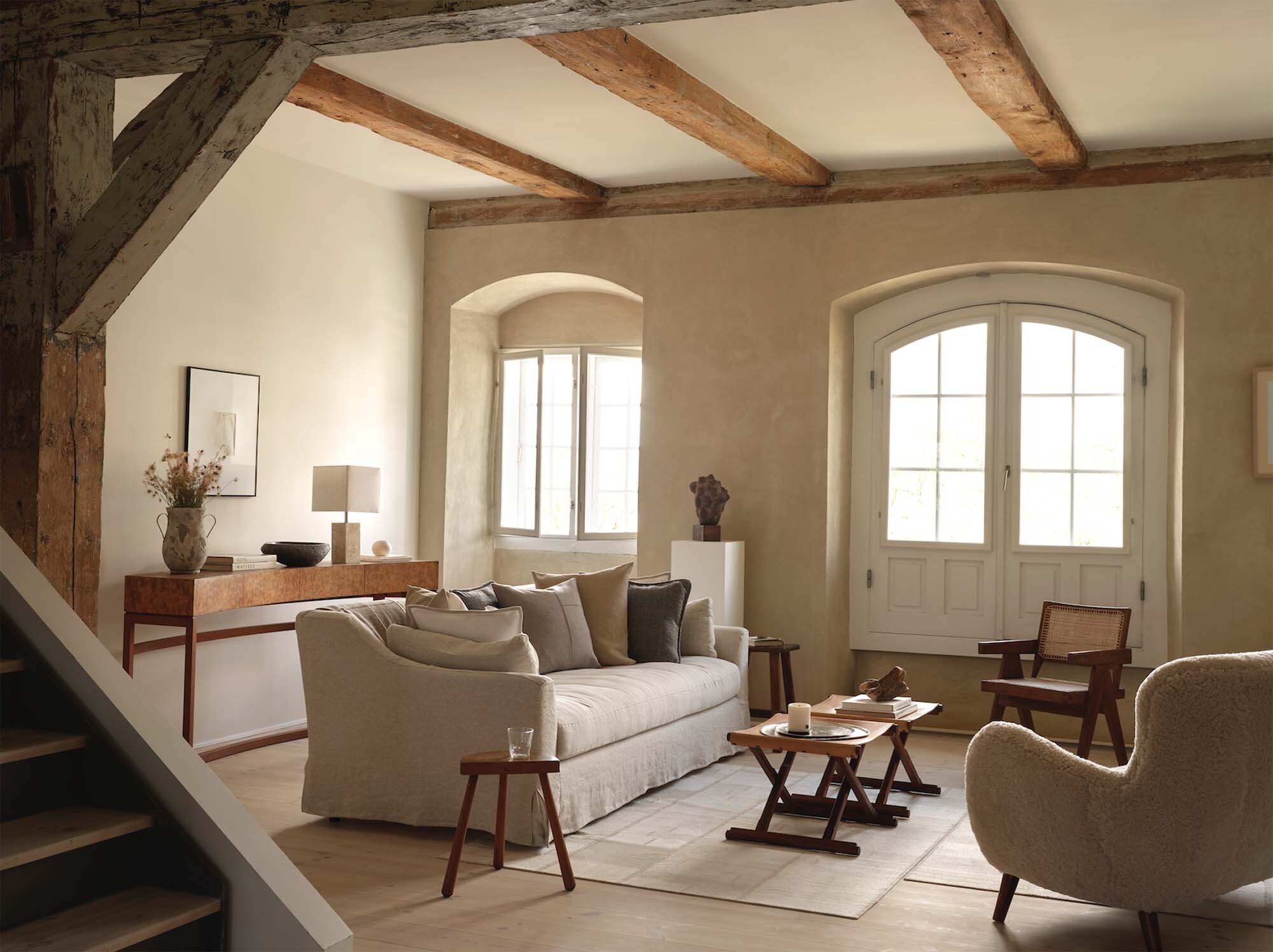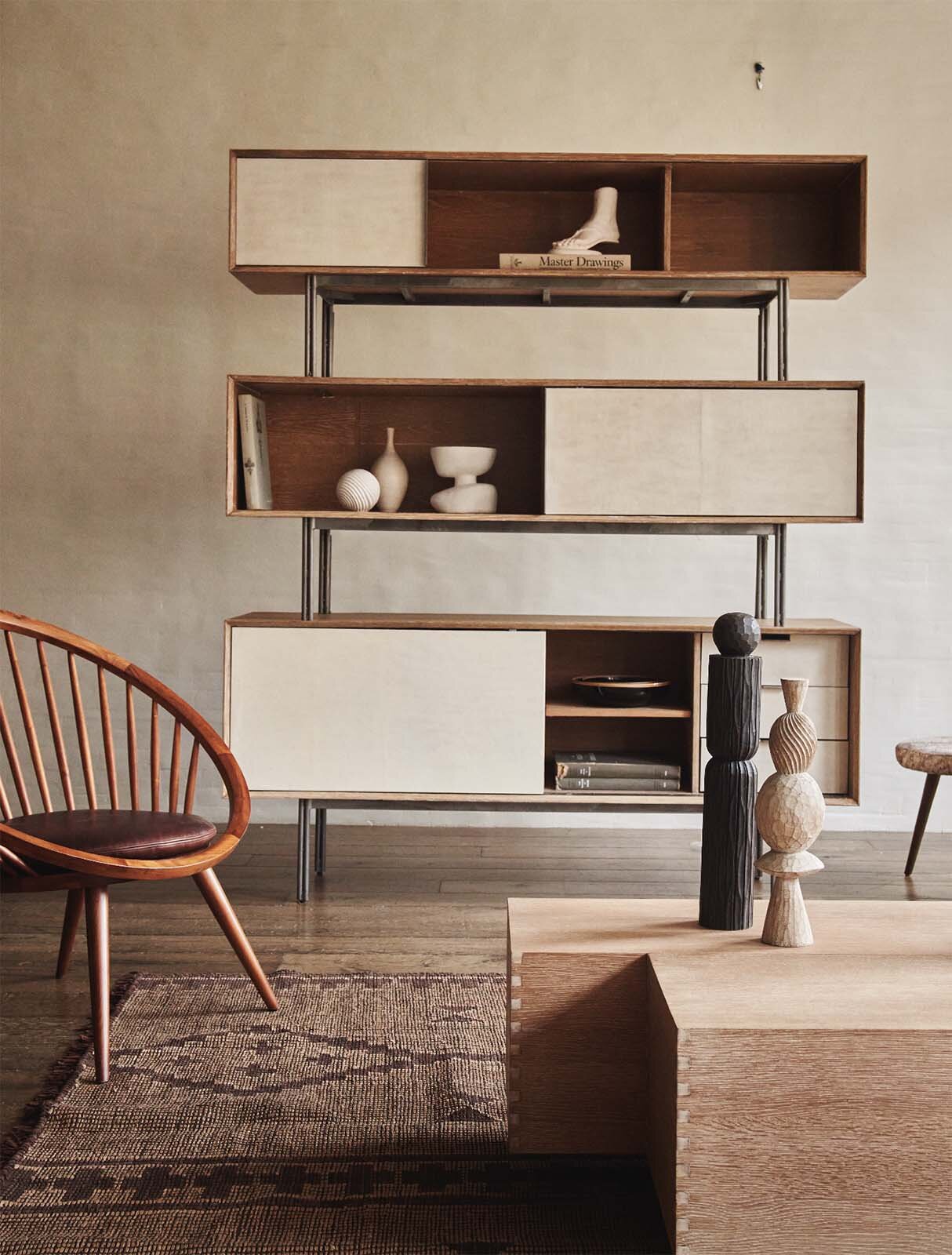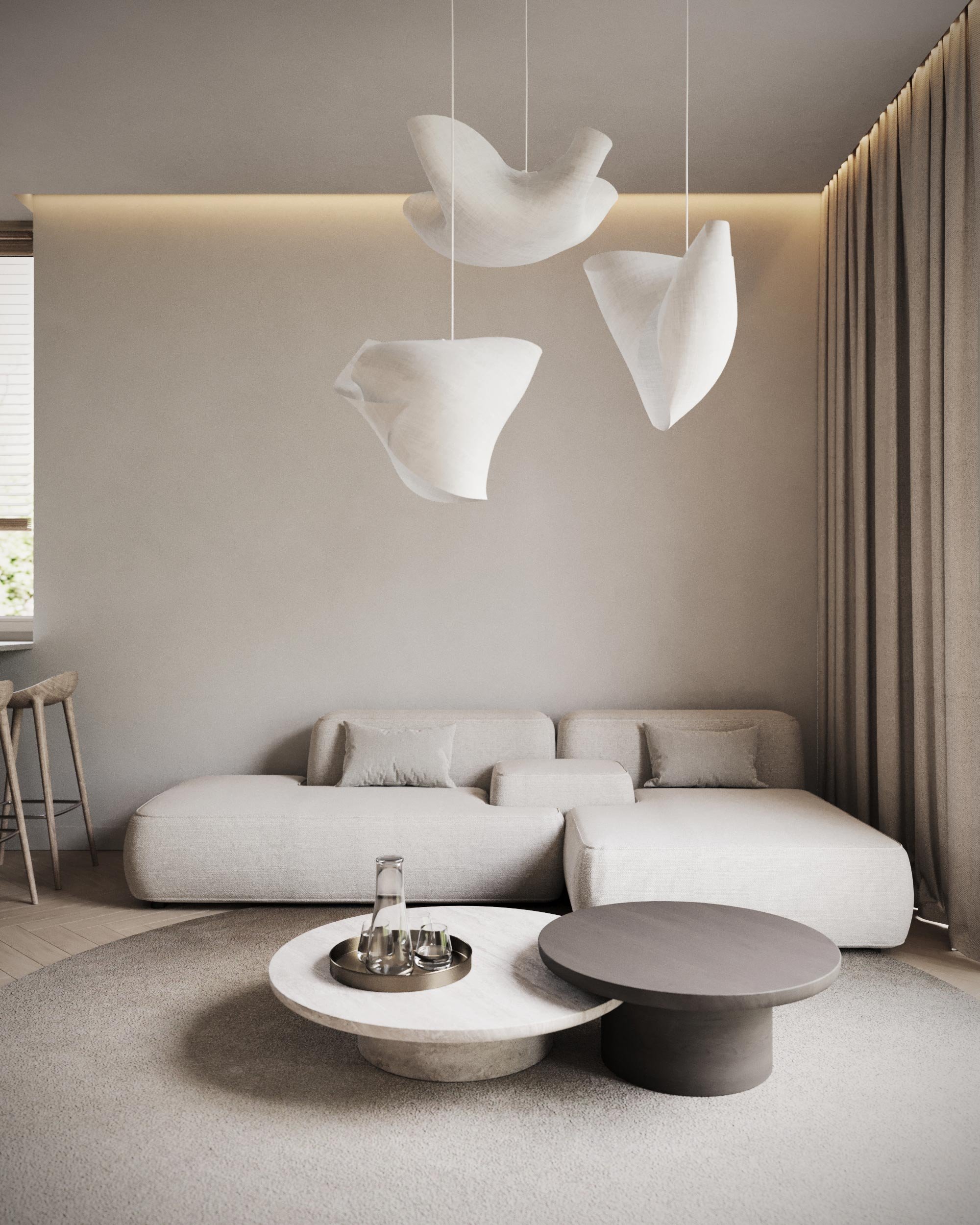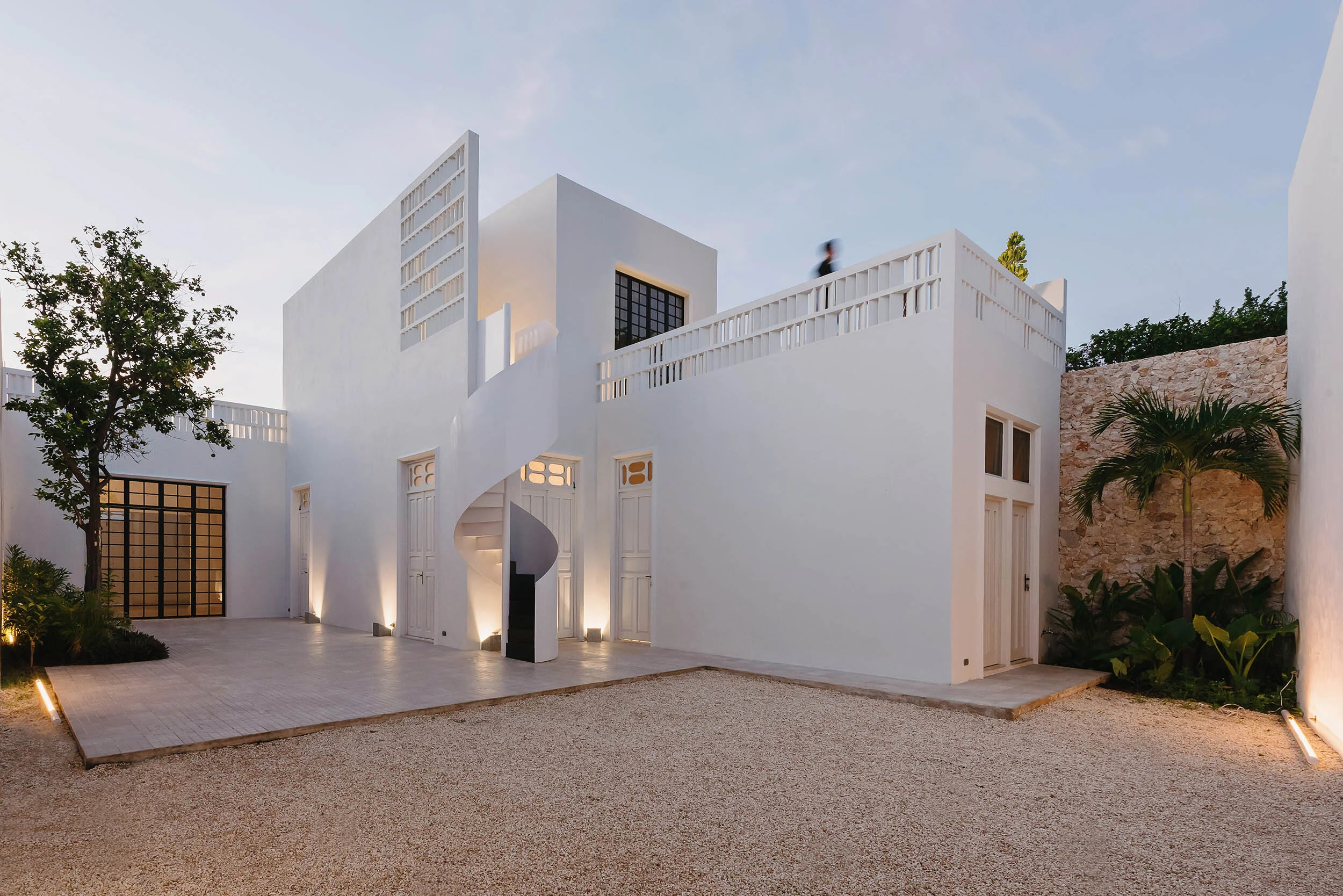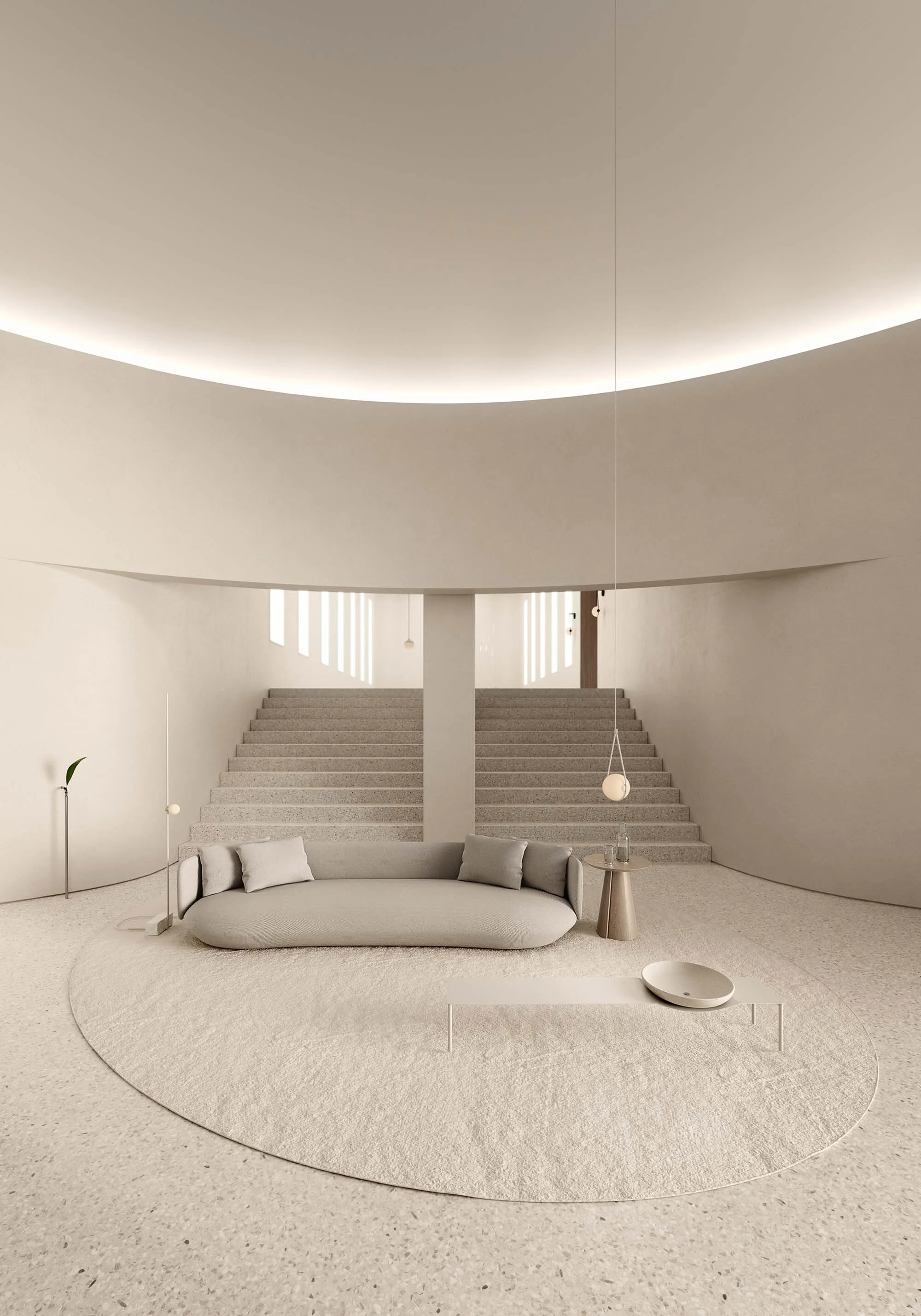Balancing the Imperfect Beauty of the Home with Colin King
Balancing the Imperfect Beauty of the Home with Colin King
Finding the Style of a Well-Loved and Well-Lived Space
Styled by Colin King for Zara Home
Name:
Colin King
Photography:
Courtesy Colin King
Styling:
Colin King
Words:
Marissa Stempien
An artistic soul, interior stylist and product designer Colin King has expressed himself creatively as a dancer, trainer, and decorator, finding the beauty in all things artistic. His work in interior design hones in on the forgotten beauty of a space—a lone corner, an overlooked bathroom, a well-used room—and elevates it into an attention-grabbing area that anyone would want to live in. From the big dynamic furniture to the smallest of accessories, he focuses on the smallest detail and how each piece functions and contributes to the space as a whole.
Pushing the envelope of traditional style, Colin works to continuously create new spaces and designs with a never-ending curiosity and drive to find the beauty and inspiration in everything. It’s in the imperfection, the use, and function of a space, that he finds beauty. A home is a place where you live and thrive—and while the space can be elegant it should also be chaotic, messy, and unstyled. It’s the imperfection of a life lived in a home that Colin tries to capture and mirror in his work.
Styled by Colin King for Zara Home
Styled by Colin King for Zara Home
Visual Pleasure Magazine:
You’ve worked as a classical dancer and personal trainer—how did you find your calling in interiors? Was this something you’ve always loved and wanted to do?
Colin King: My career has been a journey—not a linear one, but a series of circles. I was a kid with big feelings who grew into an adult with big feelings. For me, it is about expression. And that’s what I find fascinating about all art forms—you can hit a wall. You run up against a border. The end of language. The unknown. All these disciplines are related in one way or another—I saw and felt dance in so many ways, the same way I experience design. Ultimately, it’s a tool to connect to others. A direct and universal way of communication that goes beyond language.
Interiors was not a conscious destination for me but I’ve always grasped every opportunity with both hands and my inner compass has brought me here. I’m always searching for what feeds my enthusiasm for life; at one point it was dance, then it was training, and now it’s interiors. I truly love what I do and I am so grateful.
How did you find your aesthetic and design style? What inspires you?
There are a lot of links and parallels across my work, but contrasts as well, and I take it all with me. It’s a natural evolution. Curiosity pushes me to go that one step further. By constantly questioning myself and my thoughts it allows me to see the same things, from different angles. This eagerness allows me to be inspired by almost everything, even a conversation with a friend or the puddle of a drape on the floor. On a good day, it’s all about being open to the world and allowing room for it in my head—finding focus in between chaos and concretizing subjects to order and understand them.
Styled by Colin King for Anthropologie
Styled by Colin King for Anna Karlin
Styled by Colin King for Anna Karlin
Your designs are a cross hash of sophisticated, moody, dramatic, minimalistic—has this always been what drew you to design, or has your style changed and grown since you started?
It’s flattering to hear my work described with all of those adjectives but that’s not my starting point or even my intention when producing work. As a dancer, I was taught to mimic and regurgitate complicated movement almost instantaneously—weight transfers, musicality, form, and style. This experience gave me the unique ability to mentally and physically interpret every nuance I was visually digesting.
I am always trying to find things that are very strong in spirit and those things do tend to come across as serious—I really like to feel things and feel great quality. My confidence has grown since I started and I am better at giving myself permission to like what I like and to make mistakes, letting go of icy perfection.
You’ve worked with some major publications—what have been some of your favorite projects to work on? What would be your dream project?
The best projects for me involve working alongside other creatives that are at the top of their game, there is a mutual respect and an unspoken sense of trust that develops. Whether homeowner, designer, writer, or photographer, the projects that stick with me the most are the treasured company, working with people where the value is in their presence and I learn by observation. My dream project—I don’t have a name for it, but I can see it—an immersive place where the viewer can have their own experience in a three-dimensional space.
How does working with publications vs creative studios affect your style and work? Do you feel more creative freedom working with publications or working with another creative where you can work off one another?
I approach both the same. What I do is very collaborative both on the publication side and branding, creative studio side. There’s always a search for harmony. Ultimately, I let go of my agenda and show up to the job as the best version of myself and look at what I can give rather than what I can get.
Styled by Colin King for RUM Magazine
“My confidence has grown since I started and I am better at giving myself permission to like what I like and to make mistakes, letting go of icy perfection.”
Styled by Colin King for Zara Home
How often do you get to work on real homes? Is it something that you want to do more of, or do you prefer the dramatization of editorial design?
A lot of the homes I work on are real homes, as a stylist, my job is to edit and create a composition alongside the photographer that is the best representation of the space. A lot of these images feel dramatic because they are perfectly captured by a professional photographer and a stylist has placed florals, etc., but I wish I could show the process a bit more—there is a lot of clean up, hiding, etc. I love projects where it feels more documentarian and we can capture the mess of the human(s) who live there. I love images where it feels like a human has just got up and left the scene. For example, there’s nothing quite like a scattered, chaotic table after a meal has been enjoyed (chairs staggered, linens thrown, flatware just so), as if no one knew that moment was going to be captured, it feels completely unstyled and styled at the same time. That essence is hard to recreate but one that I try to layer into my work.
What are your favorite places to work within a home? What are the forgotten areas of the home that usually need the most focus and attention?
I love working near natural light because it’s dramatic, dynamic, and fleeting. The most functional and utilitarian areas of the home are often disregarded and usually need the most focus and attention. Bathrooms are often forgotten and are a great place to experiment. I also admire people who pay attention to the scent of their space and also invest in their serveware and cookware.
What’s the one design tip you have for anyone that wants to bring more style to their home?
Embrace your daily life. For me, there is no differentiation between large and small matters; in daily life and in small things too, there lies a profound world. Objects have power, they have the power to change the atmosphere around them. Every day I look at what I already have, and play—does the object need to be singular—on its own, or does it need a companion? Even though I bought it for the dining table, would it look better elsewhere? Would this chair look better facing a different direction? In my experience, working with clients—they already have what they need, they’ve just gotten stuck seeing “the thing” or their space for its intended use rather than approaching everything with enthusiasm and curiosity.
“Objects have power, they have the power to change the atmosphere around them. ”

